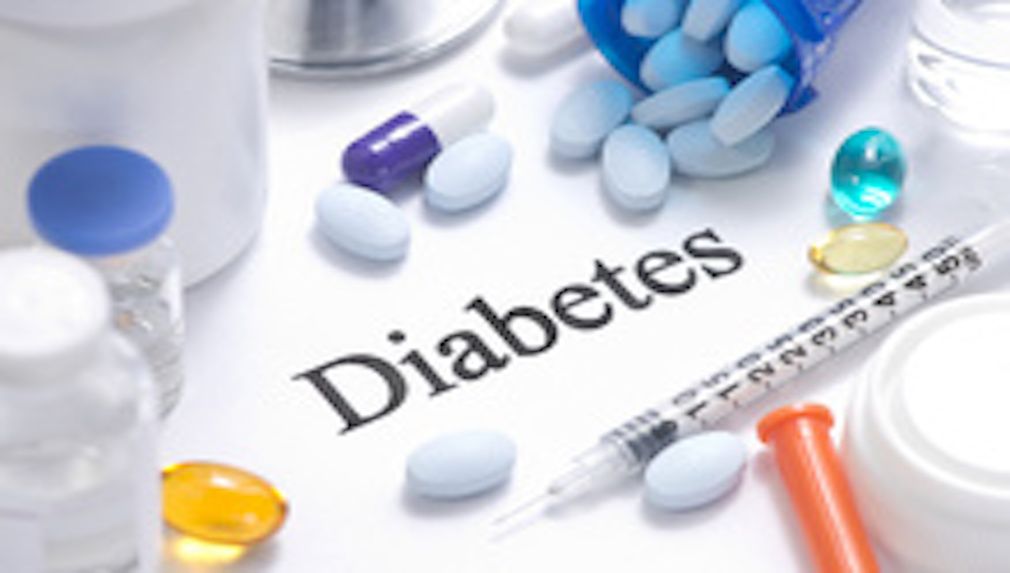Video
Dr Todd Hobbs Discusses Identifying and Removing Barriers to Care for Obesity
Although patients and physicians both recognize the need to discuss obesity, the lack of resources, time, and expertise often prevents physicians for offering care and patients from asking for it, explained Todd Hobbs, MD, Novo Nordisk’s vice president and chief medical officer.
Although patients and physicians both recognize the need to discuss obesity, the lack of resources, time, and expertise often prevents physicians for offering care and patients from asking for it, explained Todd Hobbs, MD, Novo Nordisk’s vice president and chief medical officer.
Transcript
The ACTION study was a very large and robust sampling of not only patients but also different sorts of providers—mostly primary care, but other providers as well—as well as the employers and taking their perception as to how obesity is treated in the US. And it really did uncover a lot of the barriers that we suspected would be there, but to actually put some numbers of data behind that was really eye opening, if you will. That both providers and patients feel that they need to discuss obesity, they need to address it in the office visit, but they maybe don’t have the resources, they don’t have the time, they don’t have the expertise to be able to have a productive conversation or productive discussion around how to go about best treating this obesity.
And even though obesity is well recognized now as a disease, many patients in the survey clearly indicated that it was still sort of their responsibility and they were hesitating to go to their physician. Whereas physicians felt like it is a disease, it’s more my responsibility, yet either I don’t have the time—which was very common—or the resources to have a good conversation about what to do next.
It actually comes down to basics around obesity awareness that obesity, itself, is a leading, if not the contributor, to many of these other comorbid conditions, like high blood pressure, cardiovascular disease, diabetes. But when you see a busy primary care office and the physicians there treating patients who may have numerous of these comorbidities and conditions, a lot of times they look at the guidelines and what immediately they can impact, which is adding a blood pressure medication, adding a diabetes medication, looking at those 2 conditions. Whereas obesity for them, as we found in the survey, is quite more difficult, quite more complex, they know it’s going to take a lot more time. So, maybe it’s in the back of their mind that, “Well I know it’s likely that this patient has obesity or is overweight, but if I screen for them, then we identify it, what do I do next?”
And I think that’s where we want to help bridge that gap. Give them the resources, help the to know what to do next. Help the patients know what questions to ask or to even ask for the screening. Because as we know obesity is well underdiagnosed and well underindentified and patients are really not comfortable bringing this up many times. So, it goes on to the easier things, if you will, which is checking the blood pressure and what we need to do about that target. Looking at your [low-density lipoprotein], adjusting your statin to get that down, or adding a diabetes therapy versus what I think what many would agree is a much more complex and chronic long-term discussion of how to address this obesity component.

Navigating Sport-Related Neurospine Injuries, Surgery, and Managed Care




